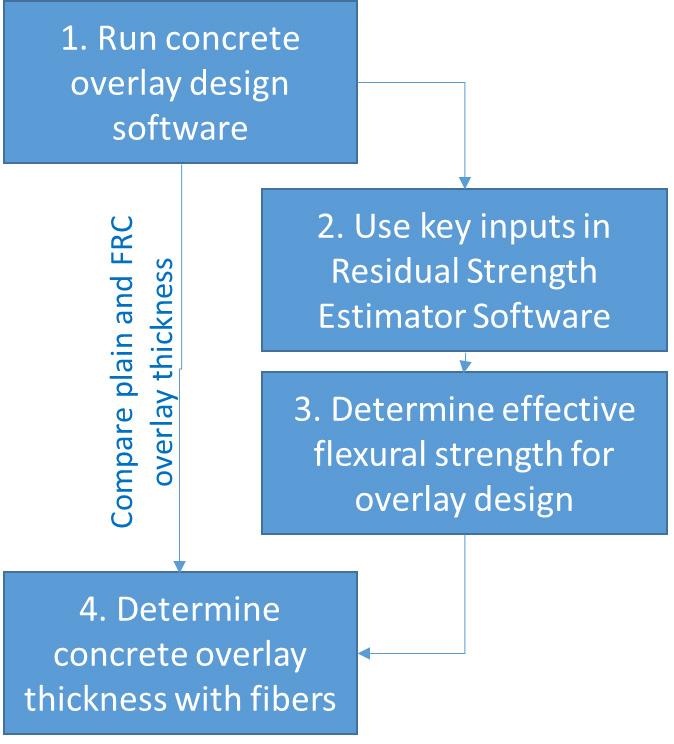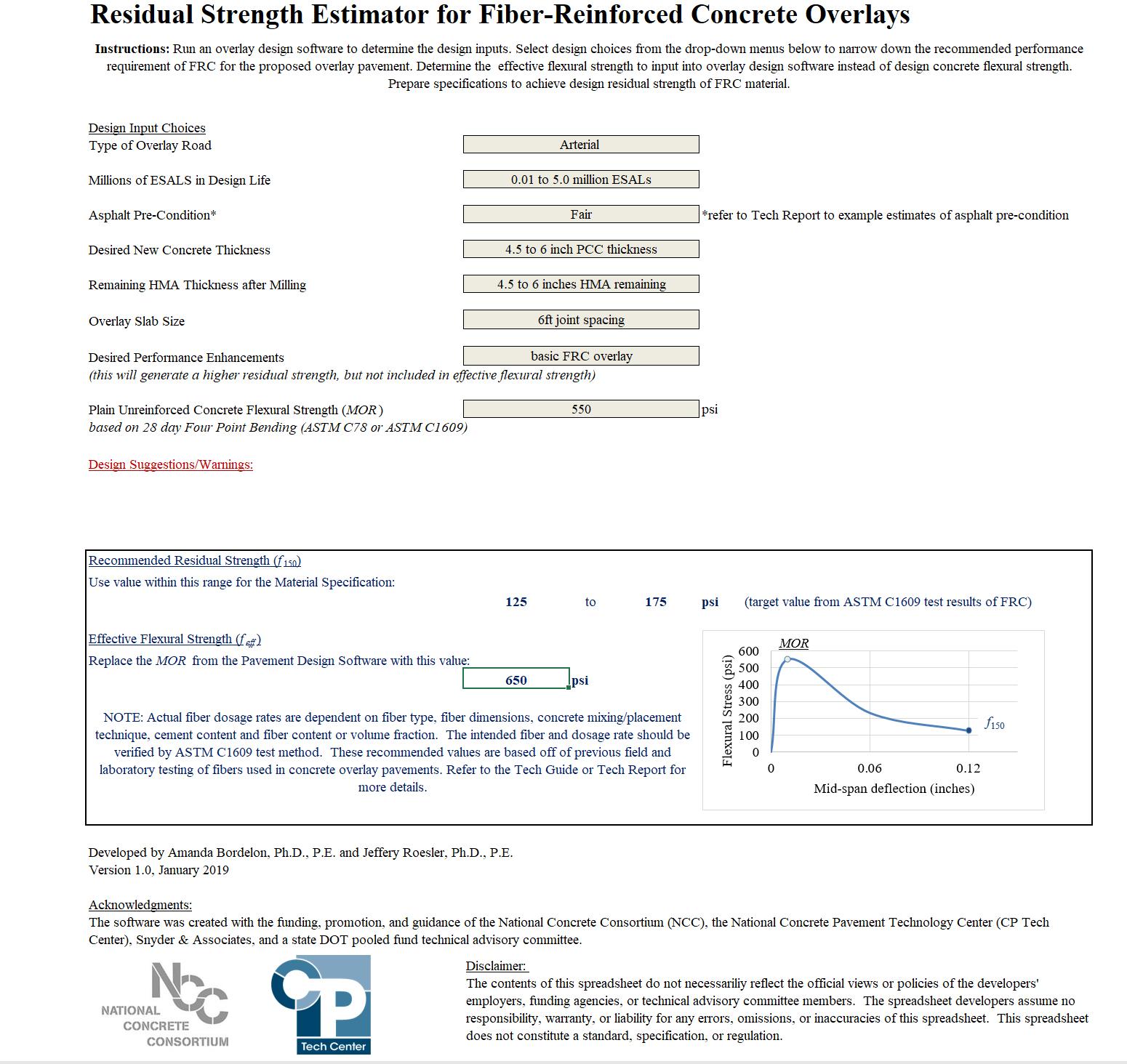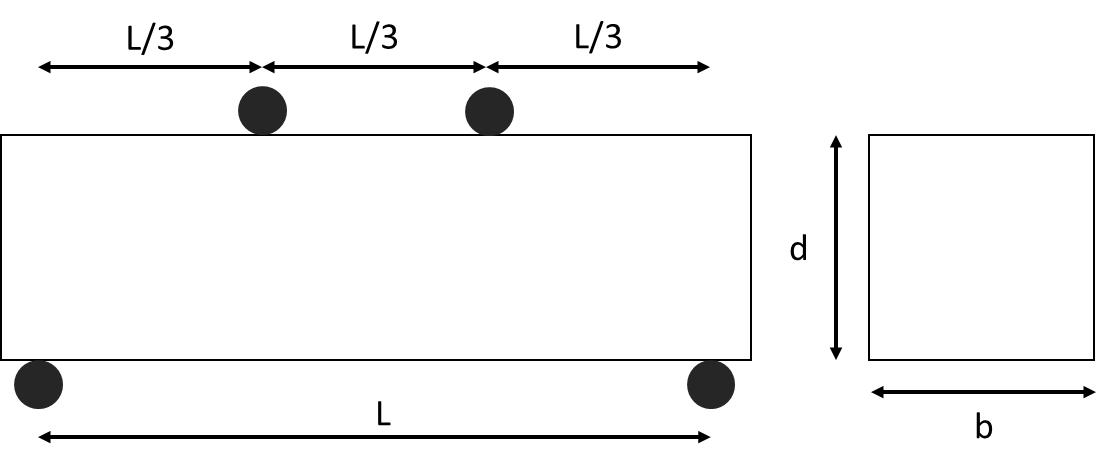“Moving Advancements into Practice” MAP Brief March 2019 Best practices and promising technologies that can be used now to enhance concrete paving
Fiber-Reinforced Concrete for Pavement Overlays www.cproadmap.org March 2019 ROAD MAP TRACK 8 PROJECT TITLE Fiber-Reinforced Concrete for Pavement Overlays AUTHORS Jeffrey Roesler, PhD, PE University of Illinois Amanda Bordelon, PhD, PE Utah Valley University Alexander Brand, PhD Virginia Tech Armen Amirkhanian, PhD, PE University of Alabama EDITOR Sabrina Shields-Cook SPONSORS Federal Highway Administration National Concrete Consortium MORE INFORMATION Dale Harrington HCE Services, Inc. dharrington@hceservices.com The Long-Term Plan for Concrete Pavement Research and Technology (CP Road Map) is a national research plan developed and jointly implemented by the concrete pavement stakeholder community. Publications and other support services are provided by the Operations Support Group and funded by the Federal Highway Administration. Moving Advancements into Practice (MAP) Briefs describe innovative research and promising technologies that can be used now to enhance concrete paving practices. The March 2019 MAP Brief provides information relevant to Track 8 of the CP Road Map: Concrete Pavement Sustainability. This MAP Brief is available at www.cproadmap.org/publications/ MAPbriefMarch2019.pdf.
The objectives of this MAP Brief are to provide pavement engineers with necessary information to apply fiber-reinforced concrete (FRC) to concrete overlays and determine the appropriate fiber-reinforcement performance values to be specified in a project and implemented into the structural design calculations for bonded and unbonded concrete overlays.
used as overlays for Navy airfields and commercial airports in the 1970s and 1980s [3]. In the past 15 years, FRC has been successfully implemented for concrete overlays of roadways. Particularly, FRC with bonded concrete overlay on asphalt or composite pavements has seen significant growth in the past 10 years with the overlay thickness ranging from 3 to 6 in.
A spreadsheet tool, the Residual Strength Estimator, has also been developed. The tool provides an estimate of the FRC performance value to specify for a project as well as the effective flexural strength to input into a mechanistic-empirical concrete pavement design software. A comprehensive technical report accompanies this tech brief [1], which provides a more detailed summary of types of macrofiber, expected properties of FRC materials, effects of macrofibers on concrete pavement performance, available FRC test methods, best practice guidelines and specifications for FRC materials applied to pavements, and background on the Residual Strength Estimator spreadsheet tool.
The National Concrete Overlay Explorer (overlays.acpa.org) lists 89 FRC overlay projects from 2000 to 2018. An Illinois study of FRC overlays reported better performance compared to similar plain concrete overlays [4]. Multiple laboratory-scale slab tests with macrofiber reinforcement have shown that the flexural and ultimate load capacity of FRC slabs and the load transfer efficiency (LTE) between FRC slabs significantly increase relative to plain concrete slabs [5–7]. The magnitude of this increase is dependent on the fiber type and content.
The information provided in this brief is not intended as a promotion or advertisement of any specific product or manufacturer, as such costs or details on exact fiber details are intentionally excluded.
The known benefits of FRC for pavements (Figure 1) are providing additional structural capacity, reducing crack widths, maintaining joint or crack LTE, and extending the pavement’s serviceability through reduced crack deterioration. The application of FRC to Smaller crack widths
Reduced crack deterioration rate
Introduction Fiber-reinforcement technology for concrete pavements was introduced several decades ago and has been applied to highways, streets, intersections, parking lots, pavement overlays, bus pads, industrial floors, full-depth slab patching, bridge deck overlays and airfields. The first US application was an FRC pavement with steel fibers constructed in 1971 at a truck weigh station in Ohio [2]. Additional early FRC applications were
Add macro-fibers (e.g., f150+150 psi)
Thinner slab for same fatigue performance
or
Longer fatigue performance
Figure 1. Benefits of fiber reinforcement




